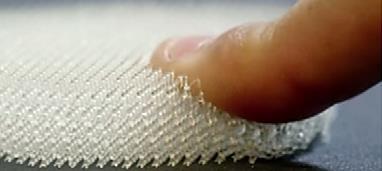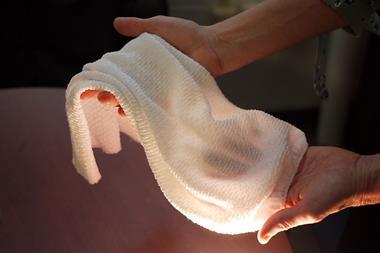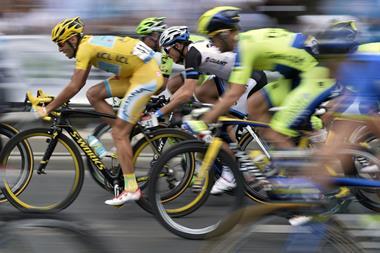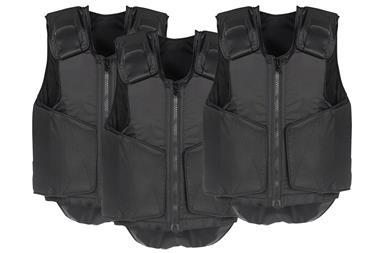A new material could improve the shock-absorbing powers of American football helmets. The elastomeric photopolymer absorbed almost 50% more energy than current state-of-the-art foam padding materials in a series of impact tests.
American football players can receive dozens of head impacts in a single game, adding up to hundreds of collisions over the course of a season. Numerous studies have linked these repeated blows to increased likelihood of serious health issues in later life, including neurodegenerative diseases such as chronic traumatic encephalopathy and Alzheimer’s.

Now, a new type of material could drastically improve the shock-absorbing power of football helmets. The material is based on a photomonomer that polymerises when exposed to UV light. Using a UV beam, the material can be fabricated into a flexible microlattice, which absorbs more impact energy than the vinyl nitrile foams that are currently considered to offer the best protection to footballers. While improved helmets can reduce the risk of injury, the authors do not claim that this material will end the damage caused by repeated impacts in American football.
The project was led by scientists at HRL Laboratories, with funding from the National Football League (NFL) and the US Department of Defense. HRL has already licensed the material to helmet manufacturer Vicis, and now plans to investigate other possible uses of the material, including in military helmets.
References
E C Clough et al, Matter, 2019, DOI: 10.1016/j.matt.2019.10.004

















No comments yet